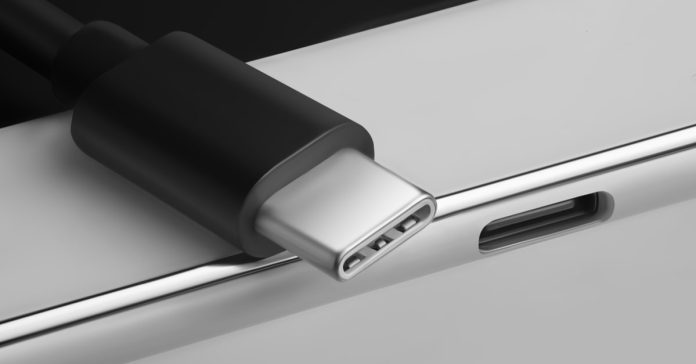The technological world is rapidly embracing USB-C as the universal connector of choice, with industries transitioning to this versatile and powerful standard. From smartphones to laptops, gaming consoles, and even power banks, the USB-C revolution has taken hold in recent years, shaping the future of connectivity across a range of devices. This widespread adoption is being driven by the growing demand for a single, standardized connector that can handle faster data transfer speeds, high-resolution video output, and efficient power delivery.
USB-C, short for Universal Serial Bus Type-C, is a game-changing connector due to its reversible design and multifunctional capabilities. Unlike previous iterations such as USB-A or USB-B, USB-C can handle multiple tasks at once, including power delivery, data transfer, and audio-video transmission. These features make it ideal for a world that is becoming more connected, with consumers increasingly relying on devices that need to work seamlessly together.
One of the biggest drivers behind the USB-C adoption is its ability to support faster data transfer speeds. Many devices today, such as smartphones and tablets, require larger data storage and faster communication between gadgets. USB-C supports data transfer speeds of up to 10 Gbps with USB 3.1, which is significantly faster than its predecessors. Additionally, the introduction of USB 4.0 promises to push speeds even further, making it an attractive option for users who deal with high-bandwidth applications like video editing, gaming, and content creation.
Not only does USB-C offer blazing-fast data speeds, but it also excels in power delivery. One of the most revolutionary aspects of the USB-C standard is its ability to deliver up to 100 watts of power through a single cable. This makes it possible to charge even power-hungry devices like laptops and monitors directly through a USB-C port, eliminating the need for bulky proprietary power adapters. In fact, many modern laptops, including those from Apple, Dell, and Lenovo, have adopted USB-C as the primary charging and connectivity standard, allowing users to carry fewer cables and enjoy a streamlined experience.
The versatility of USB-C extends beyond just data and power. Another key benefit of the connector is its ability to handle video output, supporting high-resolution displays such as 4K and even 8K. This has led to its integration into a variety of display technologies, including monitors, televisions, and virtual reality (VR) headsets. With USB-C, users can connect their devices to external displays or projectors using a single cable, providing a simpler, more efficient solution for those who frequently switch between workspaces.
In recent years, major manufacturers have recognized the potential of USB-C and begun to implement it across a wide range of devices. Apple’s decision to adopt USB-C in its MacBook lineup was one of the early catalysts that pushed the industry towards this standard. Other companies, such as Google with its Pixel smartphones, Samsung with its Galaxy series, and Microsoft with its Surface devices, have followed suit, further solidifying USB-C as the go-to connector.
The move towards USB-C is not just limited to tech giants, however. The European Union recently passed legislation mandating that all smartphones and small electronic devices must adopt USB-C by 2024. This decision was made with the aim of reducing electronic waste and creating a more standardized approach to charging and data transfer. For consumers, this means fewer proprietary cables cluttering their lives, and for the environment, it represents a step towards reducing the number of discarded electronics.
USB-C’s flexibility has also made it a favorite in the gaming world. Major gaming consoles like the Nintendo Switch utilize USB-C for charging and data transfer, while peripheral manufacturers have embraced it for gaming accessories. Its ability to deliver high-speed data, charge devices quickly, and transmit video all in one cable has simplified the way gamers connect and play, reducing the need for multiple connections and enhancing the overall gaming experience.
As we move forward, it’s clear that the USB-C revolution will continue to reshape the future of consumer electronics. The standardization and convenience offered by this versatile connector are difficult to ignore, especially in an increasingly interconnected world where consumers value simplicity and efficiency. Whether it’s faster charging for smartphones, seamless integration with external displays, or improved data transfer speeds, USB-C is becoming the universal solution for modern connectivity needs.
Looking ahead, USB-C’s dominance is expected to grow as more industries adopt the standard and develop new devices that take advantage of its full capabilities. From wearables to smart home devices, the USB-C revolution is likely to influence the design and functionality of future gadgets. The ability to charge, transfer data, and display content all with a single connector will continue to drive innovation, simplifying the way users interact with technology and paving the way for new applications in the future.
With its unmatched versatility, efficiency, and growing adoption, USB-C is set to become the default connector for an increasingly tech-driven society. Consumers and manufacturers alike are embracing this new era of connectivity, and it’s clear that the USB-C revolution has only just begun.
